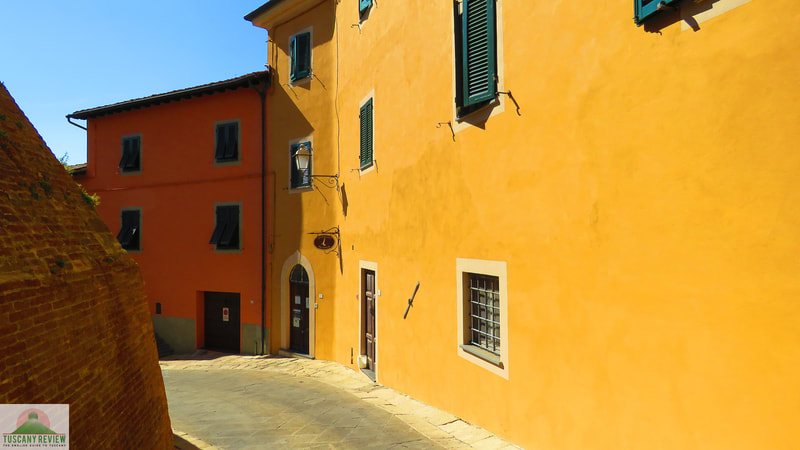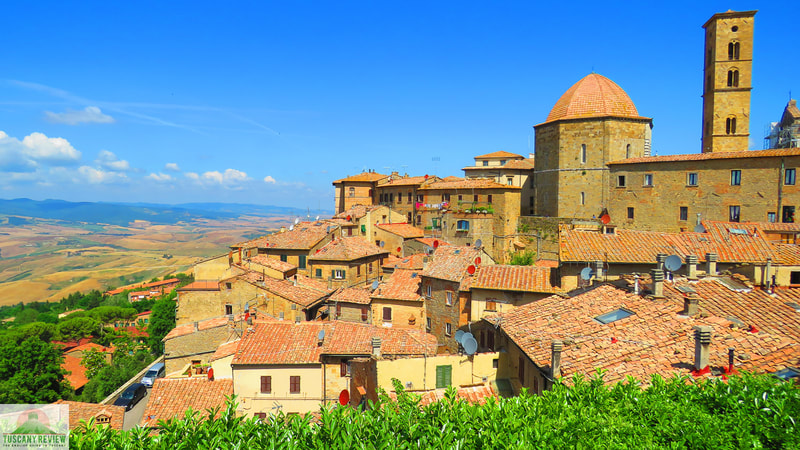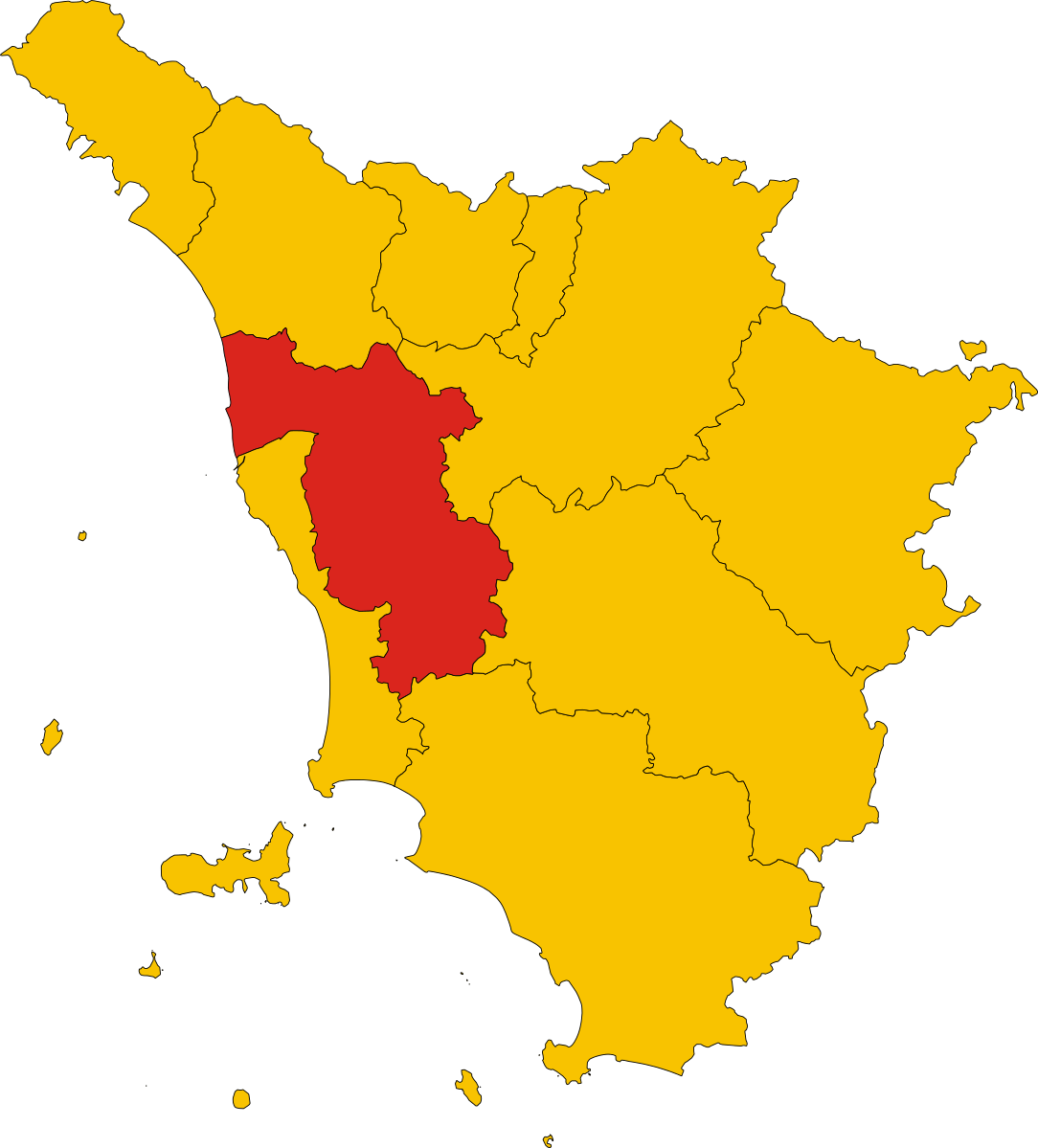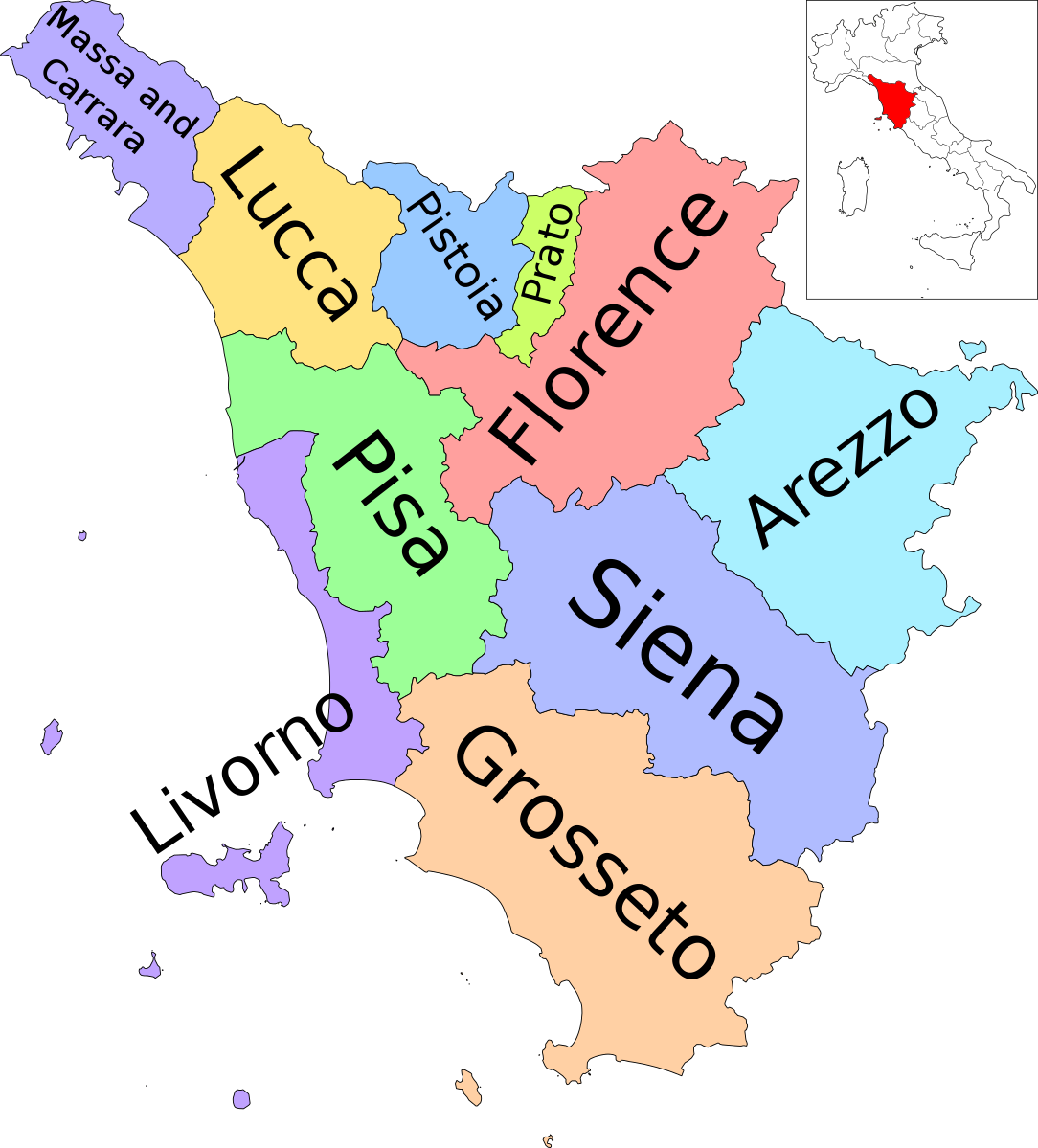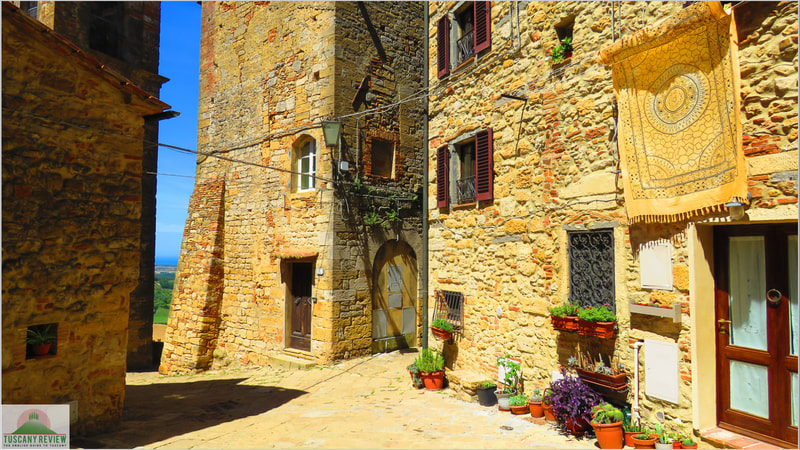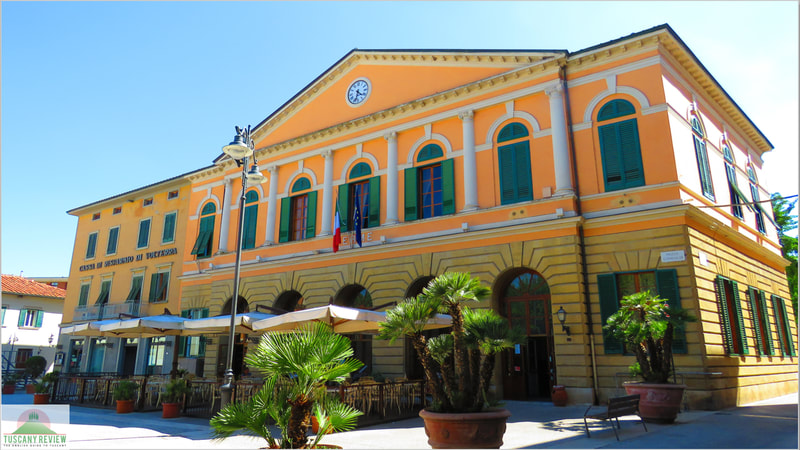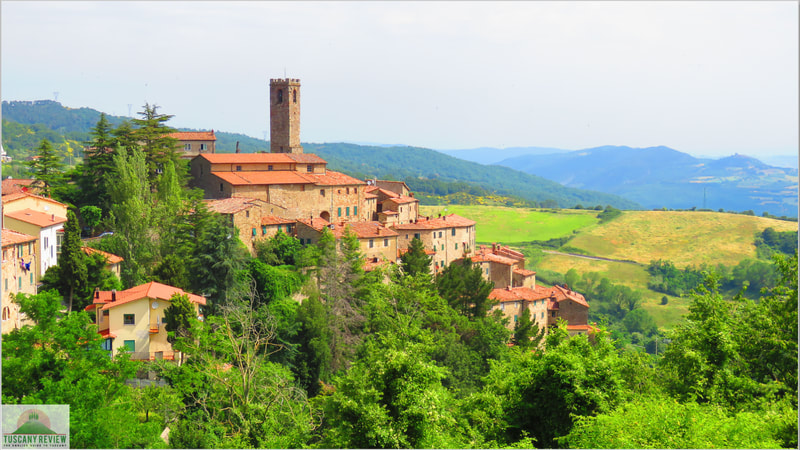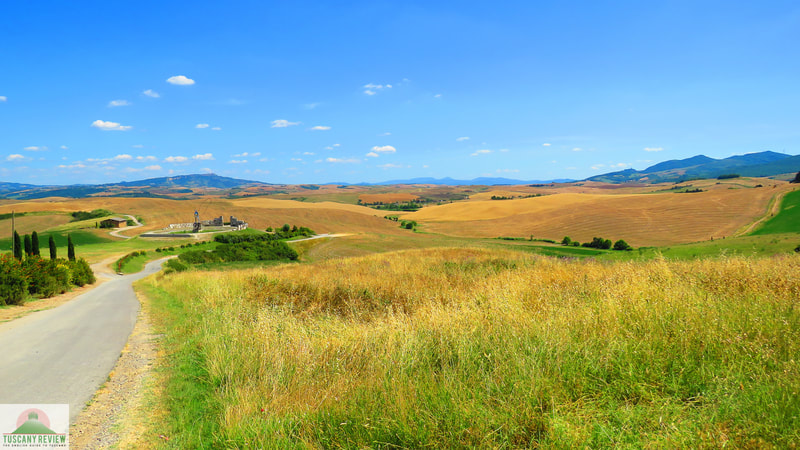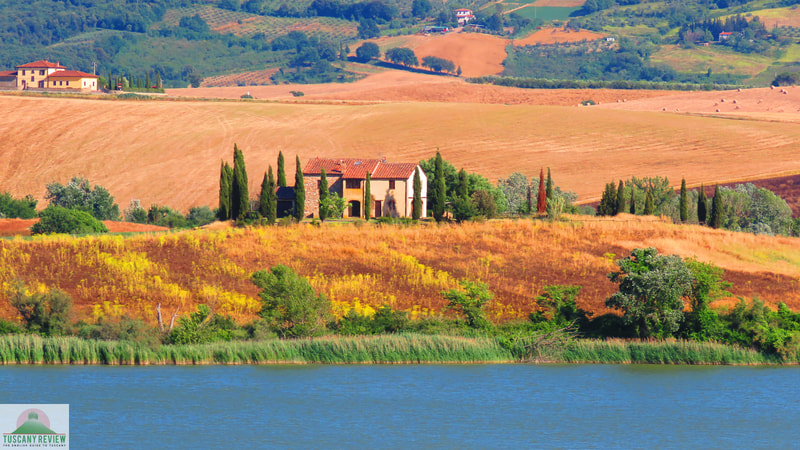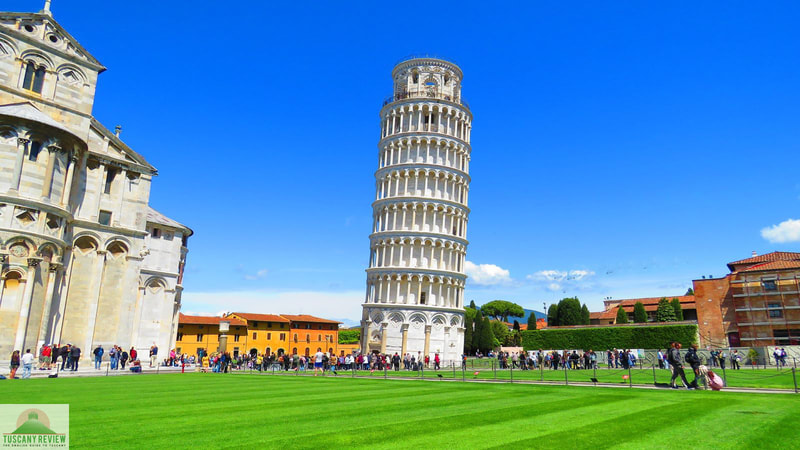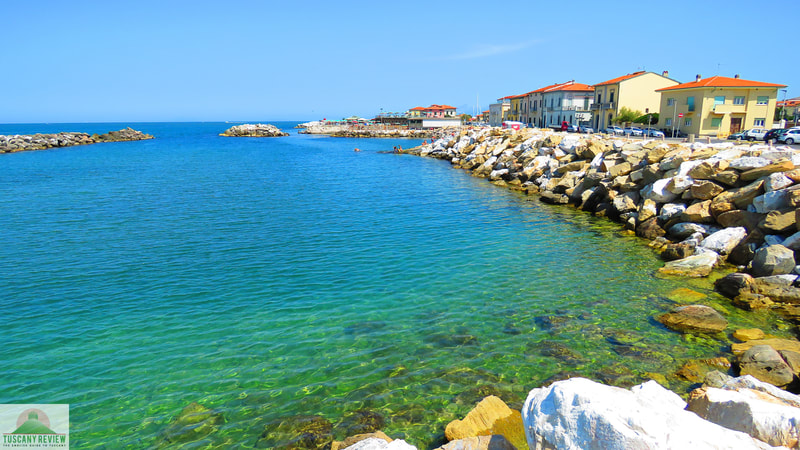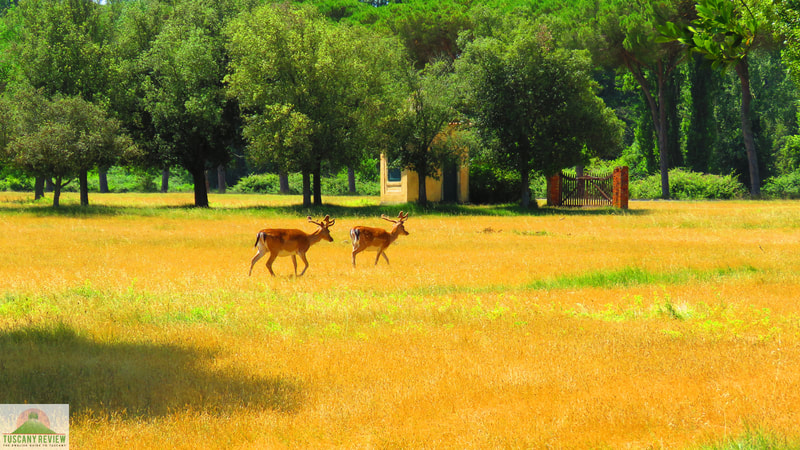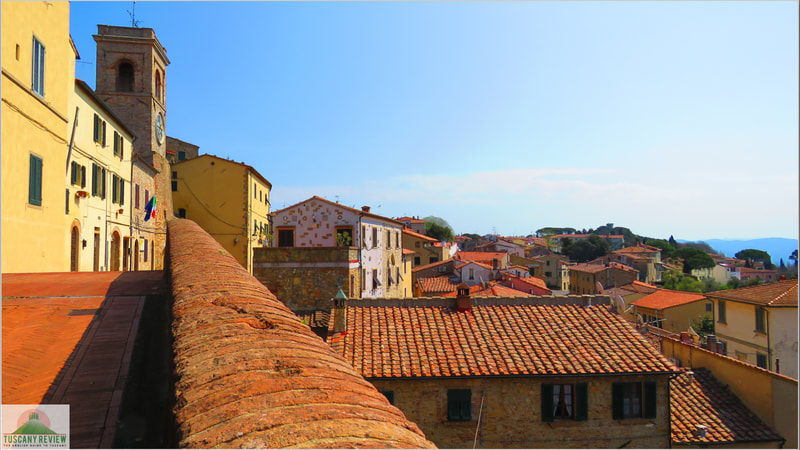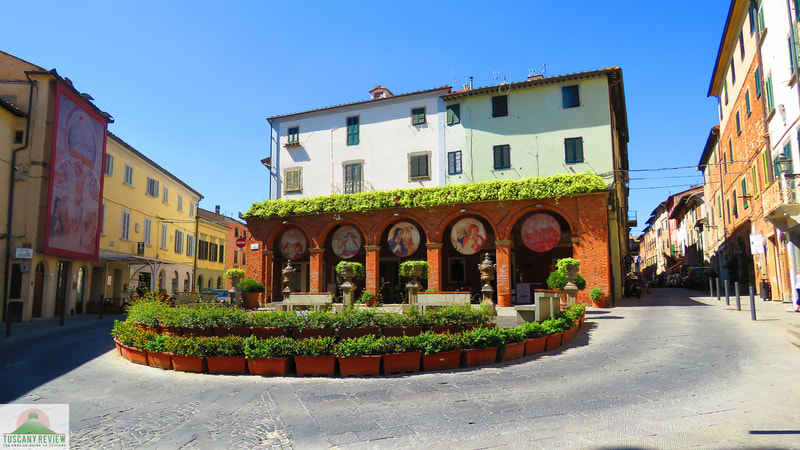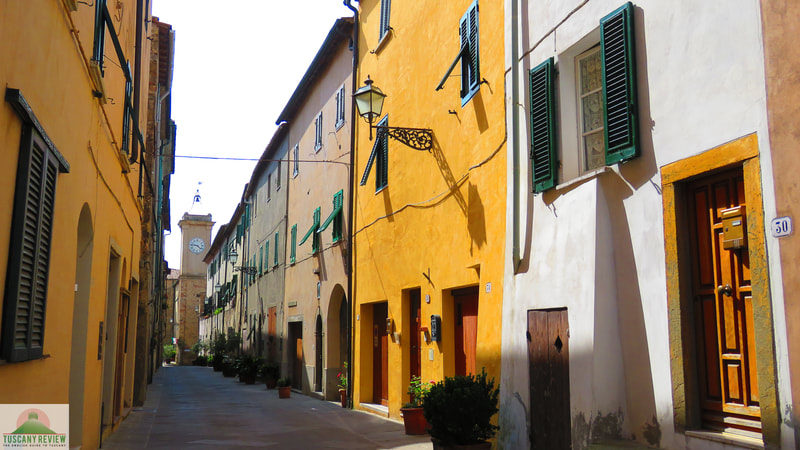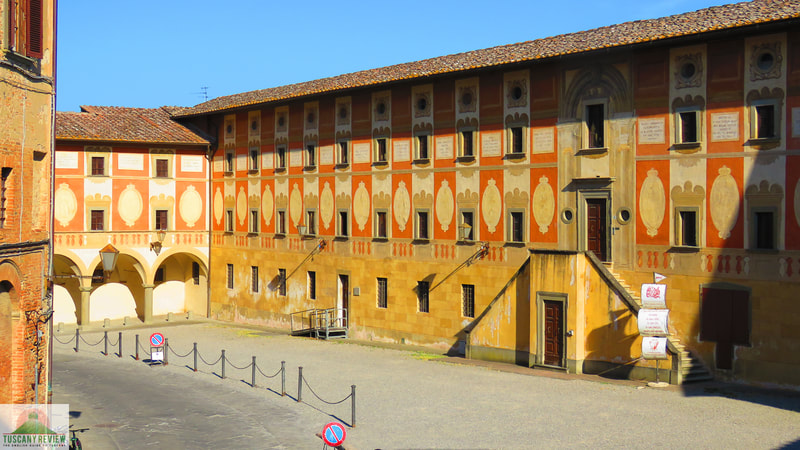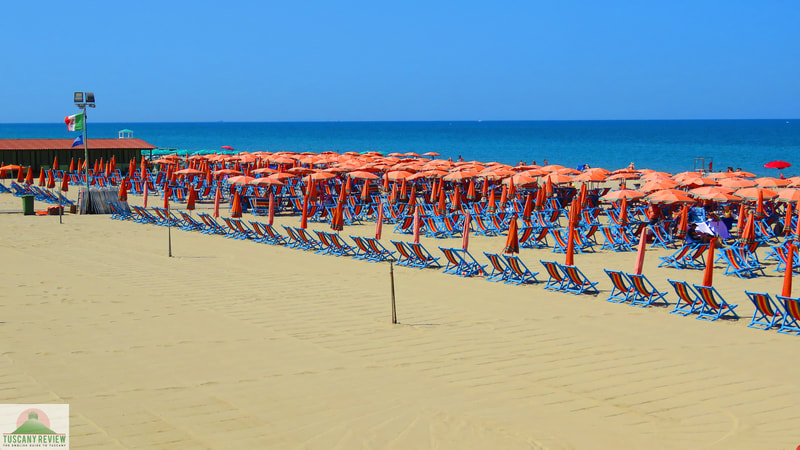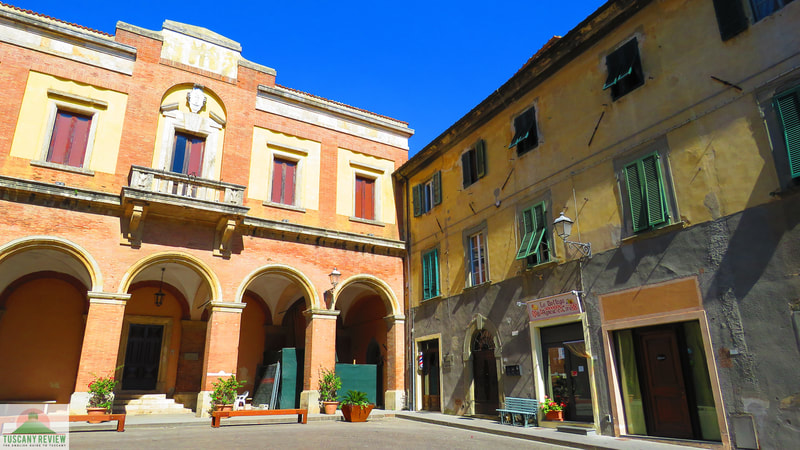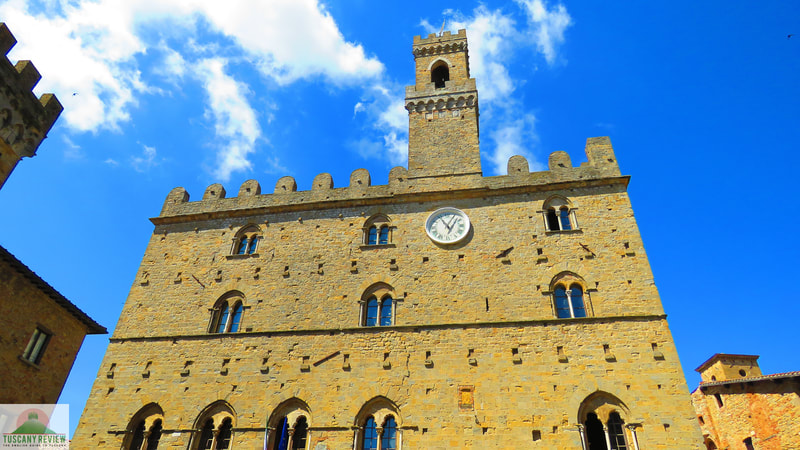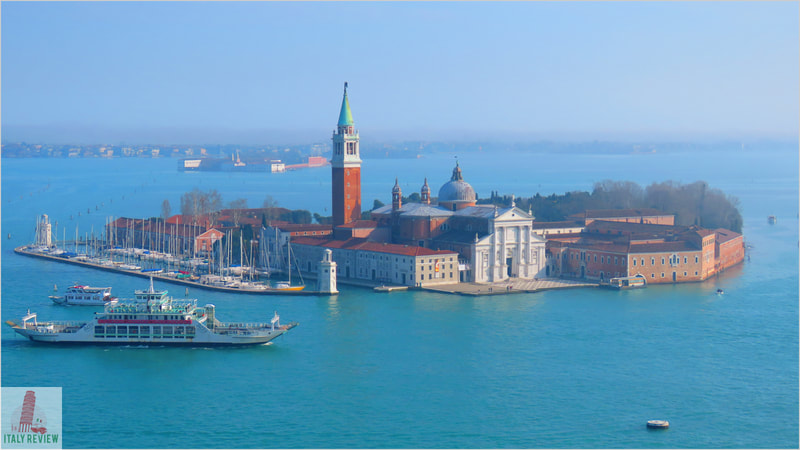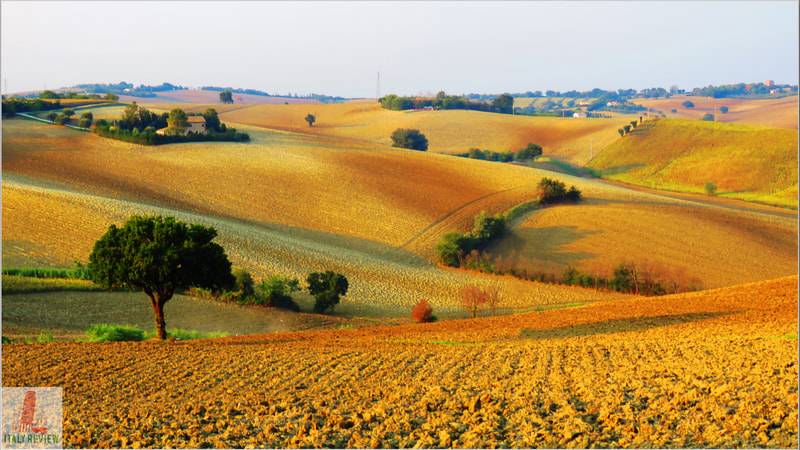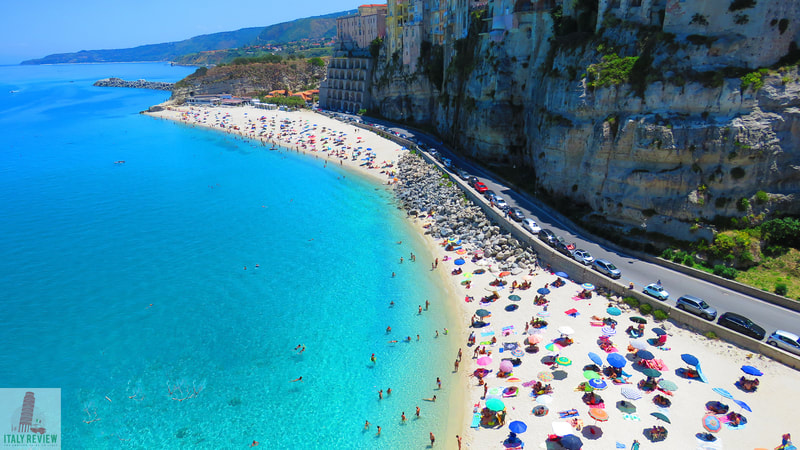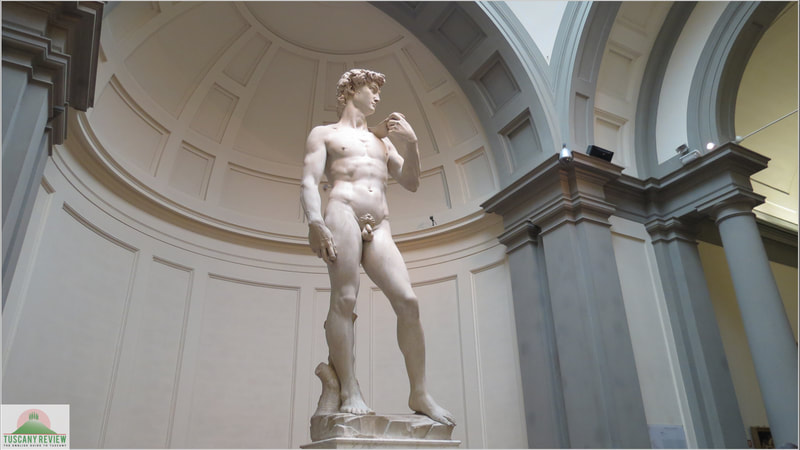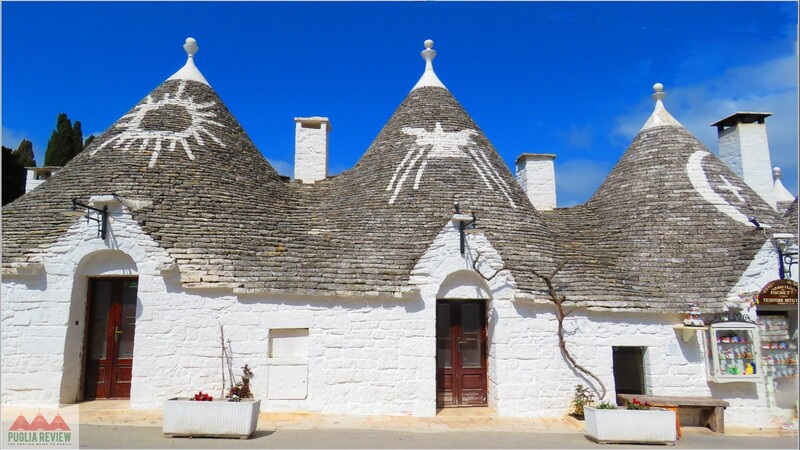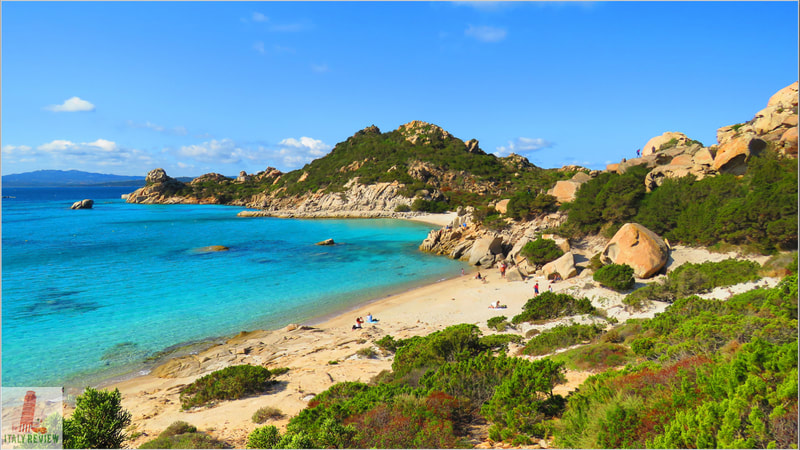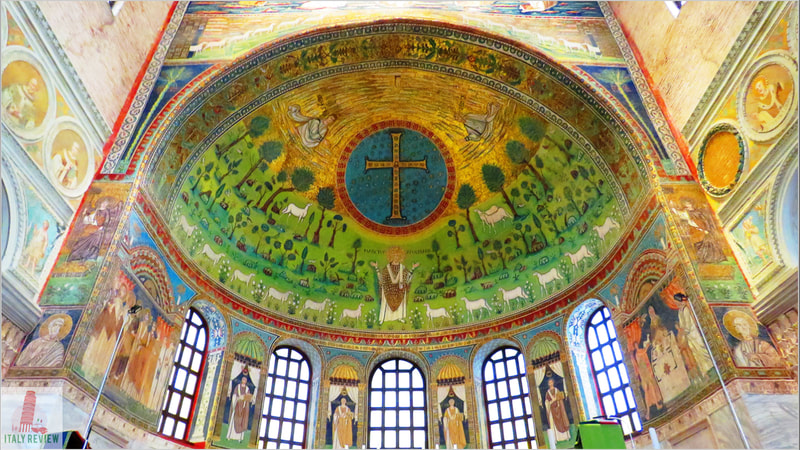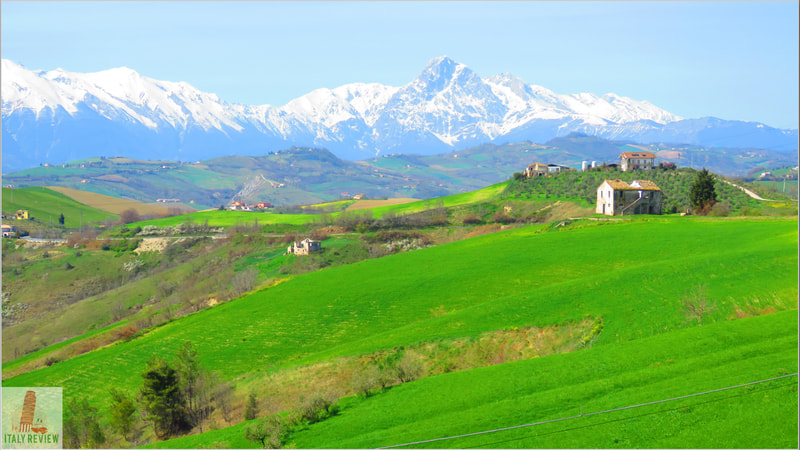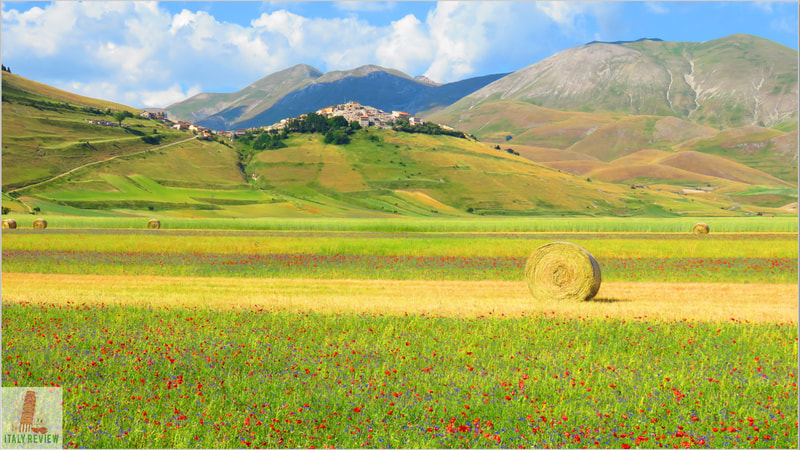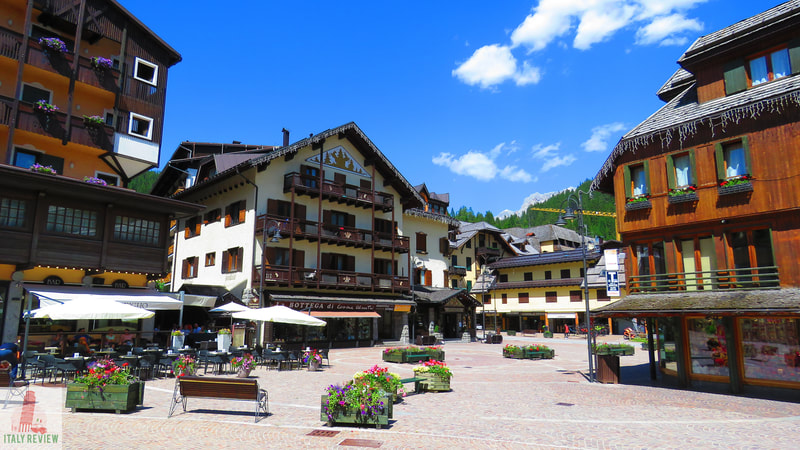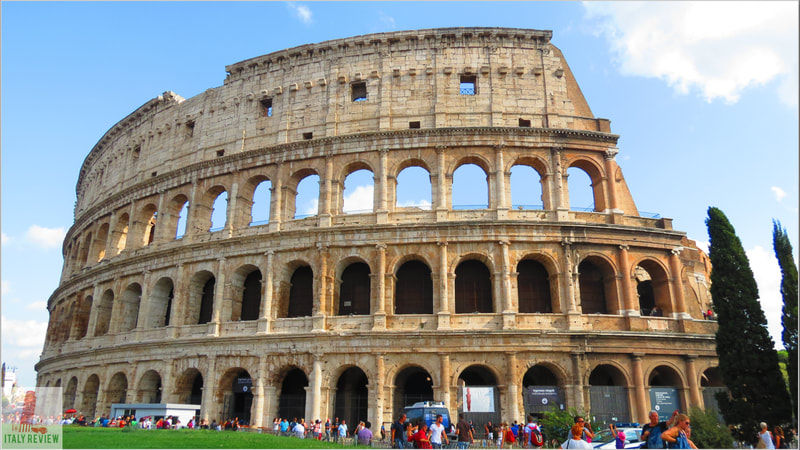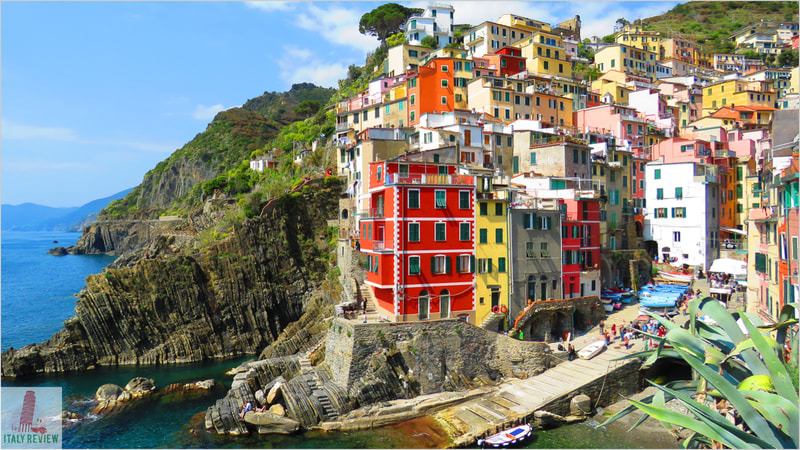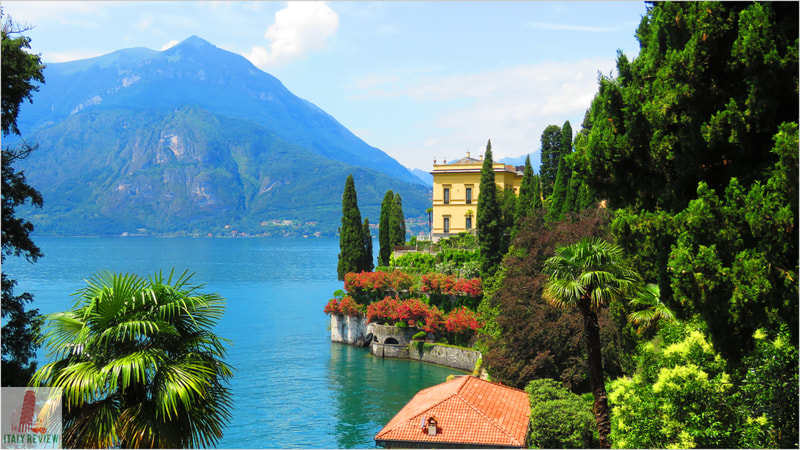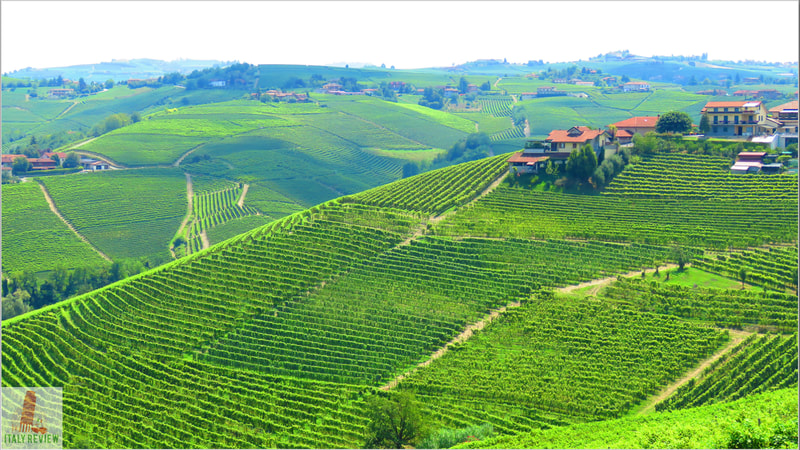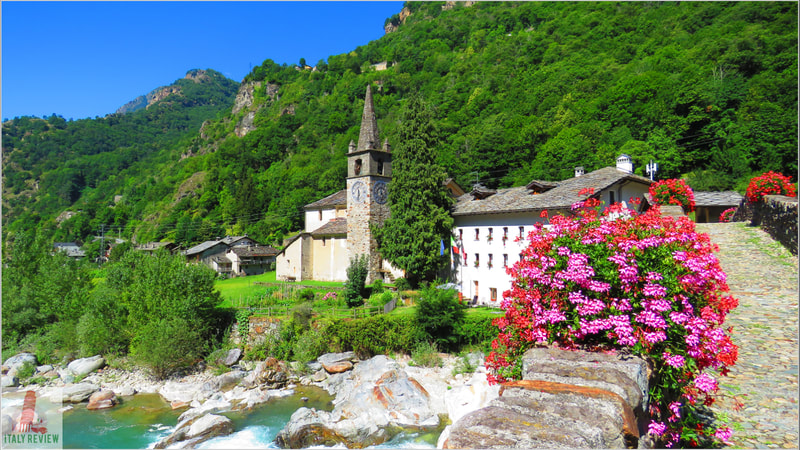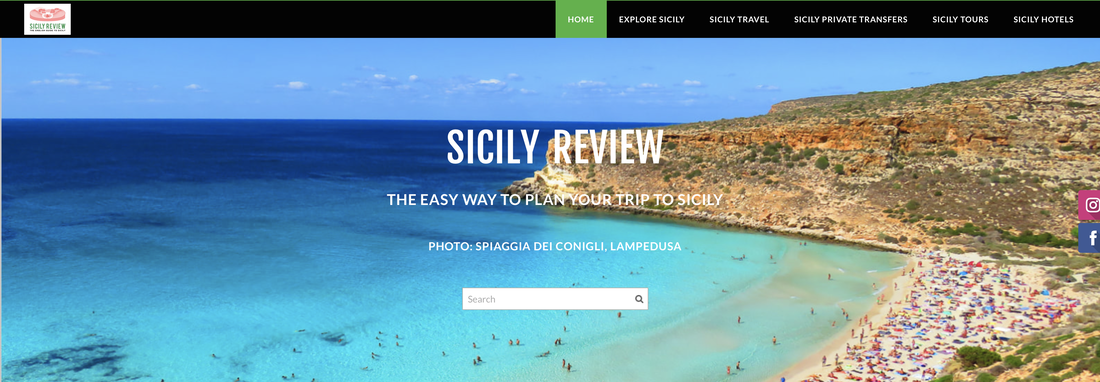Pisa Province
|
By Dion Protani
|
Latest update: 29 November 2023
|
|
The Pisa Province occupies a total geographical area of 2,488 square kilometres including the city of Pisa itself, the provincial capital.
Within the province there are 37 provincial towns, known as communes (comune singular or comuni plural in Italian), which contain a total population of around 419,000 inhabitants. |
Among the highlights of the province are the towns of Volterra, Montescudaio, Lajatico and Casciana Terme.
Related links
Profile
Pisa Province has a long and storied history that dates back to ancient times. The city of Pisa itself was an important maritime republic during the Middle Ages, and its strategic location on the Arno River allowed it to flourish as a trading center and port city.
History
Pisa is famous for its iconic Leaning Tower, part of the Piazza dei Miracoli (Square of Miracles), which is a UNESCO World Heritage Site and attracts millions of tourists every year. Throughout history, Pisa was involved in various conflicts and alliances with other Italian city-states, leaving behind a legacy of impressive historical architecture and cultural landmarks.
Highlights
- Leaning Tower of Pisa: The Leaning Tower is undoubtedly the most famous landmark in Pisa and a must-visit attraction. Its unique lean, caused by an architectural miscalculation, has made it an iconic symbol of Italy.
- Piazza dei Miracoli: This square, also known as the Square of Miracles, is home to the Leaning Tower, the Pisa Cathedral, the Baptistery, and the Camposanto Monumentale (Monumental Cemetery). The entire square is a UNESCO World Heritage Site and a significant cultural and historical complex.
- Pisa Cathedral: The Pisa Cathedral, also known as the Cathedral of Santa Maria Assunta, is a stunning example of Romanesque architecture and houses many precious artworks and sculptures.
- Museums: Pisa has several museums worth exploring, including the Museo Nazionale di San Matteo, which houses an impressive collection of medieval and Renaissance art, and the Museo delle Sinopie, which displays sketches and drawings used in the creation of frescoes.
- Livorno: The province's main port city, Livorno, is known for its beautiful canals, historic buildings, and diverse cultural heritage. Visitors can enjoy strolling along the canals, sampling fresh seafood, and exploring the city's history.
- Lucca: While not part of the Pisa Province, Lucca is a neighboring city that is well worth a visit. Lucca is known for its well-preserved Renaissance walls, charming historic center, and beautiful churches.
- Natural Beauty: Pisa Province is also blessed with natural beauty, including the stunning coastline along the Ligurian Sea and the picturesque Tuscan countryside. Visitors can enjoy exploring the coastal towns, relaxing on sandy beaches, and taking in the scenic landscapes.
Provincia di Pisa

